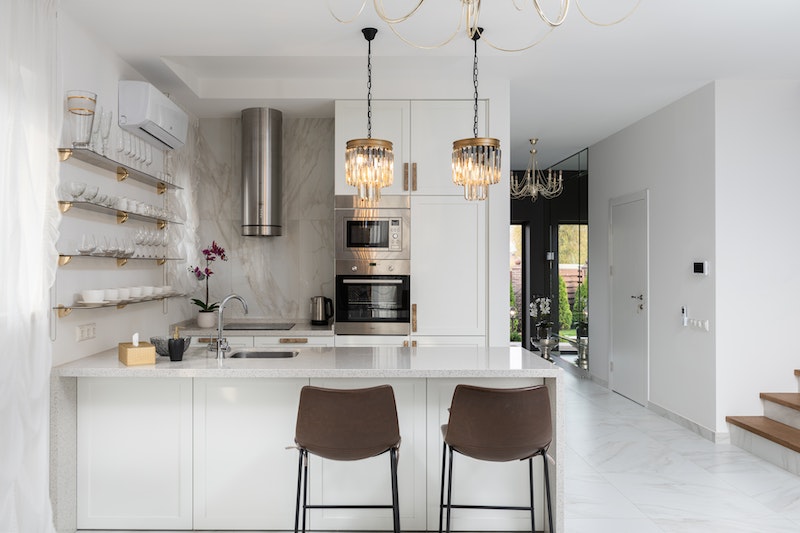Ever mused over the meticulous craftsmanship enclosed within the beautiful cabinet gracing your living room, or marvelled at the intricate details of your kitchen cupboards? Where do they originate from, and how do they evolve with the rapid technological advancements we witness today? We bring you a keen dive into the world of custom cabinet making; an art that blends the rich, hands-on skills of cabinet makers of yore, with the precision-driven cutting-edge technology of our times.
Cabinet making is not a new practice. For centuries, craftspeople have been honing their skills to create cabinets that not only serve as storage spaces but bring aesthetic value to our homes. However, a tremendous shift has taken shape in recent years – thanks to the influence of technology, which has invariably transformed traditional ways of doing things. So now, let's delve into how conventional craftsmanship marries modern technology in cabinet making.

Who are Cabinet Makers and What do They Do?
Cabinet makers are often the unsung heroes behind your favourite home adornments. These skilled professionals follow an intricate sequence of tasks that involve measuring, cutting, shaping, and assembling wood and other materials to create custom cabinets. They seamlessly combine traditional carpentry techniques with the digital accuracy facilitated by computer-aided design (CAD) software. This blend of old and new translates into beautiful pieces of craftsmanship in your homes.
Why is Technology Integral in Today's Cabinet Making?
While the charm of manually crafted work hasn't faded, there's no denying that the advent of technology has made things more efficient. New-age tools like CNC machines have brought unparalleled precision and consistency in cabinet making. Technology has also allowed for creating complicated designs swiftly, thus expanding the range of cabinet aesthetics available to us.
Interplay of Tradition and Technology
Traditional skills in cabinet making are irreparable – from understanding the texture of wood to the keen eye for detail. But technology, like 3D printing of cabinet designs or software for flawless layouts, has undoubtedly given this age-old craft a significant boost. It's not about replacing the old with the new; instead, it's about creating a synergy between the two.
Pros and Cons of Technological Intervention
The advantages of tech-intervention in cabinet making are many: enhanced precision, unsurpassable consistency, expanded design possibilities and speedy manufacture. However, some might argue that heavy tech-reliance can potentially overshadow the quintessential charm of hand-worked pieces. One must remember, though, that the idea is not to eradicate but to enhance the age-old practices with the help of modern advancements.
Cabinet Making – Then and Now
Over time, cabinet making has gone through several transformative phases. Yet, some elements - the essence of wood, the love for authenticity, and the craft itself - remain timeless. The beauty of this evolution lies not in the displacement of the old but in the harmonious blending of the past and the future.
The Future of Cabinet Making
Looking ahead, the fusion of technology with traditional skills will only grow stronger. The possibilities are vast - from tailor-made cabinets created via virtual reality to artificial intelligence understanding and catering to individual aesthetic preferences.
To wrap it up, the art of cabinet making has never been more exciting. By combining traditional skills with technology, cabinet makers today can create pieces that are truly beautiful, functional, and unique. Through the lens of history, we witness a tradition of craftsmanship that is both respected and evolved, giving us a new appreciation for the humble cabinet. Let's cherish this ever-evolving art of cabinet making, and look forward to what innovation lies ahead with eager anticipation.
Remember, every fine detail in a cabinet bears a story. A story of a meticulous craftsman, a tale of evolving times, and the narrative of a craft continually reshaped and enriched by technology.











No comments:
Post a Comment